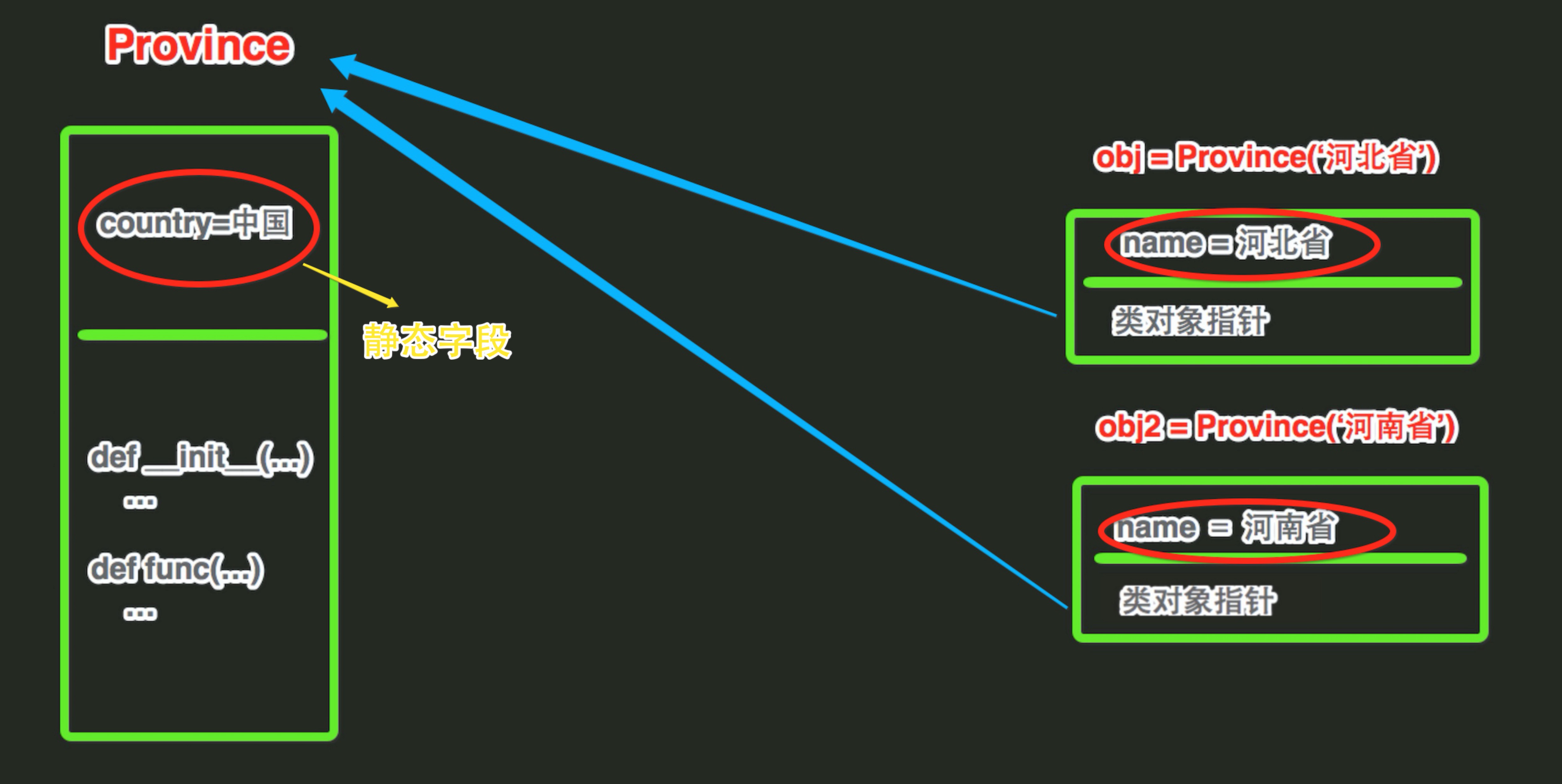其他相关
一、isinstance(obj, cls)
检查是否obj是否是类 cls 的对象
|
1
2
3
4
5
6
|
class Foo(object): passobj = Foo()isinstance(obj, Foo) |
二、issubclass(sub, super)
检查sub类是否是 super 类的派生类
|
1
2
3
4
5
6
7
|
class Foo(object): passclass Bar(Foo): passissubclass(Bar, Foo) |
三、异常处理
1、异常基础
在编程过程中为了增加友好性,在程序出现bug时一般不会将错误信息显示给用户,而是现实一个提示的页面,通俗来说就是不让用户看见大黄页!!!
|
1
2
3
4
|
try: passexcept Exception,ex: pass |
需求:将用户输入的两个数字相加
 View Code
View Code2、异常种类
python中的异常种类非常多,每个异常专门用于处理某一项异常!!!
 常用异常
常用异常 更多异常
更多异常 实例:IndexError
实例:IndexError 实例:KeyError
实例:KeyError ValueError
ValueError对于上述实例,异常类只能用来处理指定的异常情况,如果非指定异常则无法处理。
|
1
2
3
4
5
6
7
|
# 未捕获到异常,程序直接报错s1 = 'hello'try: int(s1)except IndexError,e: print e |
所以,写程序时需要考虑到try代码块中可能出现的任意异常,可以这样写:
|
1
2
3
4
5
6
7
8
9
|
s1 = 'hello'try: int(s1)except IndexError,e: print eexcept KeyError,e: print eexcept ValueError,e: print e |
万能异常 在python的异常中,有一个万能异常:Exception,他可以捕获任意异常,即:
|
1
2
3
4
5
|
s1 = 'hello'try: int(s1)except Exception,e: print e |
接下来你可能要问了,既然有这个万能异常,其他异常是不是就可以忽略了!
答:当然不是,对于特殊处理或提醒的异常需要先定义,最后定义Exception来确保程序正常运行。
|
1
2
3
4
5
6
7
8
9
|
s1 = 'hello'try: int(s1)except KeyError,e: print '键错误'except IndexError,e: print '索引错误'except Exception, e: print '错误' |
3、异常其他结构
|
1
2
3
4
5
6
7
8
9
10
11
12
|
try: # 主代码块 passexcept KeyError,e: # 异常时,执行该块 passelse: # 主代码块执行完,执行该块 passfinally: # 无论异常与否,最终执行该块 pass |
4、主动触发异常
|
1
2
3
4
|
try: raise Exception('错误了。。。')except Exception,e: print e |
5、自定义异常
|
1
2
3
4
5
6
7
8
9
10
11
12
|
class WupeiqiException(Exception): def __init__(self, msg): self.message = msg def __str__(self): return self.messagetry: raise WupeiqiException('我的异常')except WupeiqiException,e: print e |
6、断言
|
1
2
3
4
5
|
# assert 条件assert 1 == 1assert 1 == 2 |
四、反射
python中的反射功能是由以下四个内置函数提供:hasattr、getattr、setattr、delattr,改四个函数分别用于对对象内部执行:检查是否含有某成员、获取成员、设置成员、删除成员。
class Foo(object):
def __init__(self):
self.name = 'wupeiqi'
def func(self):
return 'func'
obj = Foo()
# #### 检查是否含有成员 ####
hasattr(obj, 'name')
hasattr(obj, 'func')
# #### 获取成员 ####
getattr(obj, 'name')
getattr(obj, 'func')
# #### 设置成员 ####
setattr(obj, 'age', 18)
setattr(obj, 'show', lambda num: num + 1)
# #### 删除成员 ####
delattr(obj, 'name')
delattr(obj, 'func')
详细解析:
当我们要访问一个对象的成员时,应该是这样操作:
|
1
2
3
4
5
6
7
8
9
10
11
12
13
14
|
class Foo(object): def __init__(self): self.name = 'alex' def func(self): return 'func'obj = Foo()# 访问字段obj.name# 执行方法obj.func() |

 问
问 方式一
方式一 方式二
方式二d、比较三种访问方式
- obj.name
- obj.__dict__['name']
- getattr(obj, 'name')
答:第一种和其他种比,...
第二种和第三种比,...
 Web框架实例
Web框架实例结论:反射是通过字符串的形式操作对象相关的成员。一切事物都是对象!!!
 反射当前模块成员
反射当前模块成员类也是对象
|
1
2
3
4
5
6
7
8
9
10
11
12
13
14
15
16
17
|
class Foo(object): staticField = "old boy" def __init__(self): self.name = 'wupeiqi' def func(self): return 'func' @staticmethod def bar(): return 'bar'print getattr(Foo, 'staticField')print getattr(Foo, 'func')print getattr(Foo, 'bar') |
模块也是对象
 home.py
home.py|
1
2
3
4
5
6
7
8
9
10
11
12
13
14
15
16
17
18
19
|
#!/usr/bin/env python# -*- coding:utf-8 -*-"""程序目录: home.py index.py当前文件: index.py"""import home as obj#obj.dev()func = getattr(obj, 'dev')func() |
拓展:
import 模块 (反射实现):
a = __import__("模块名")
a = __import__('lib.test.com', fromlist=True)